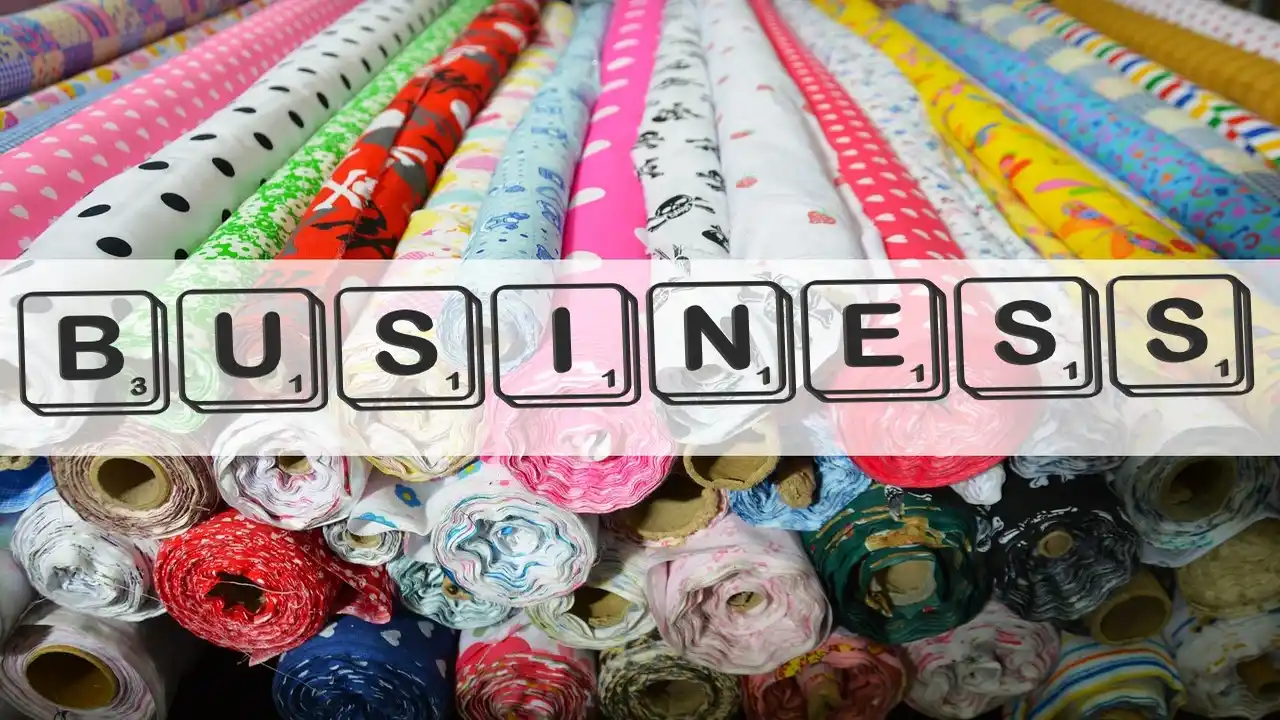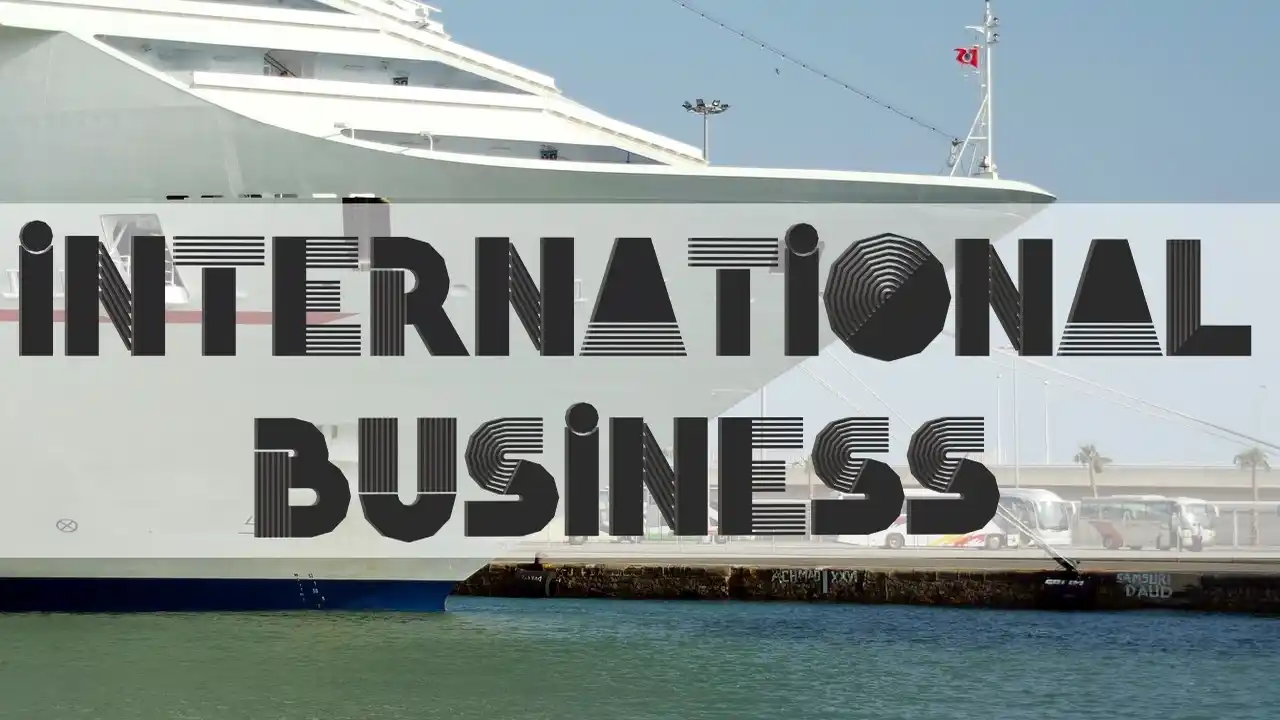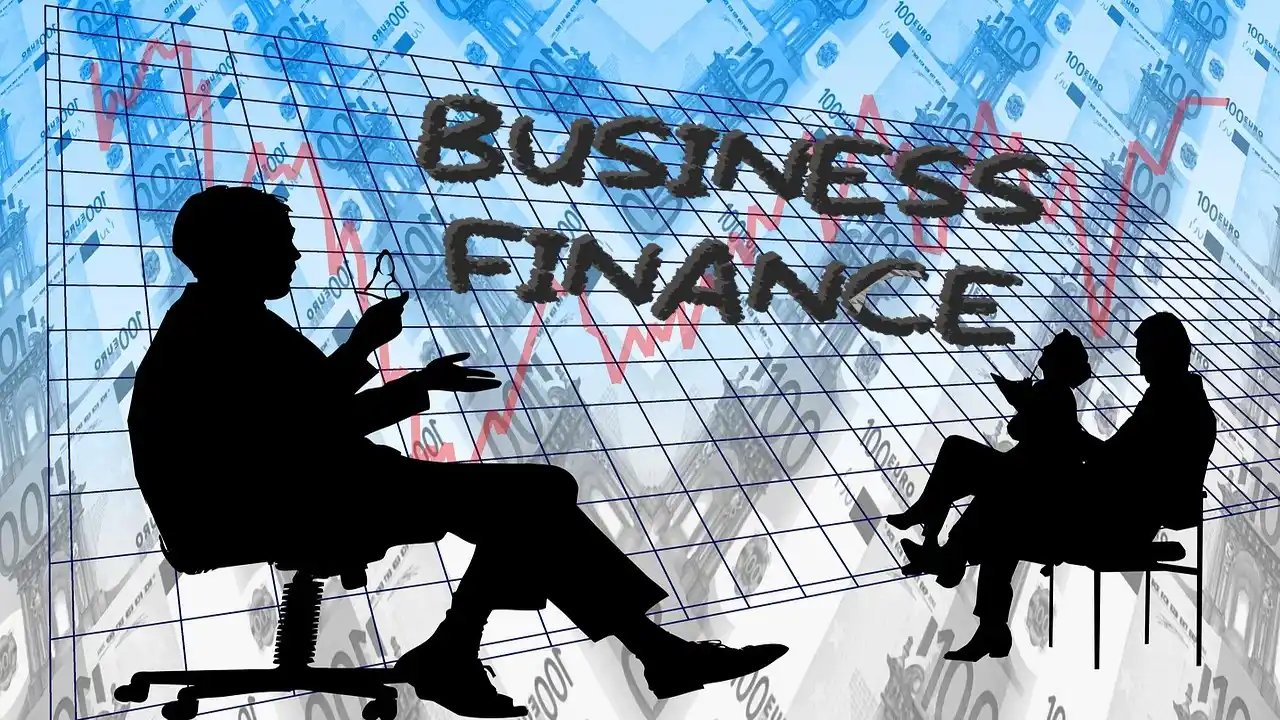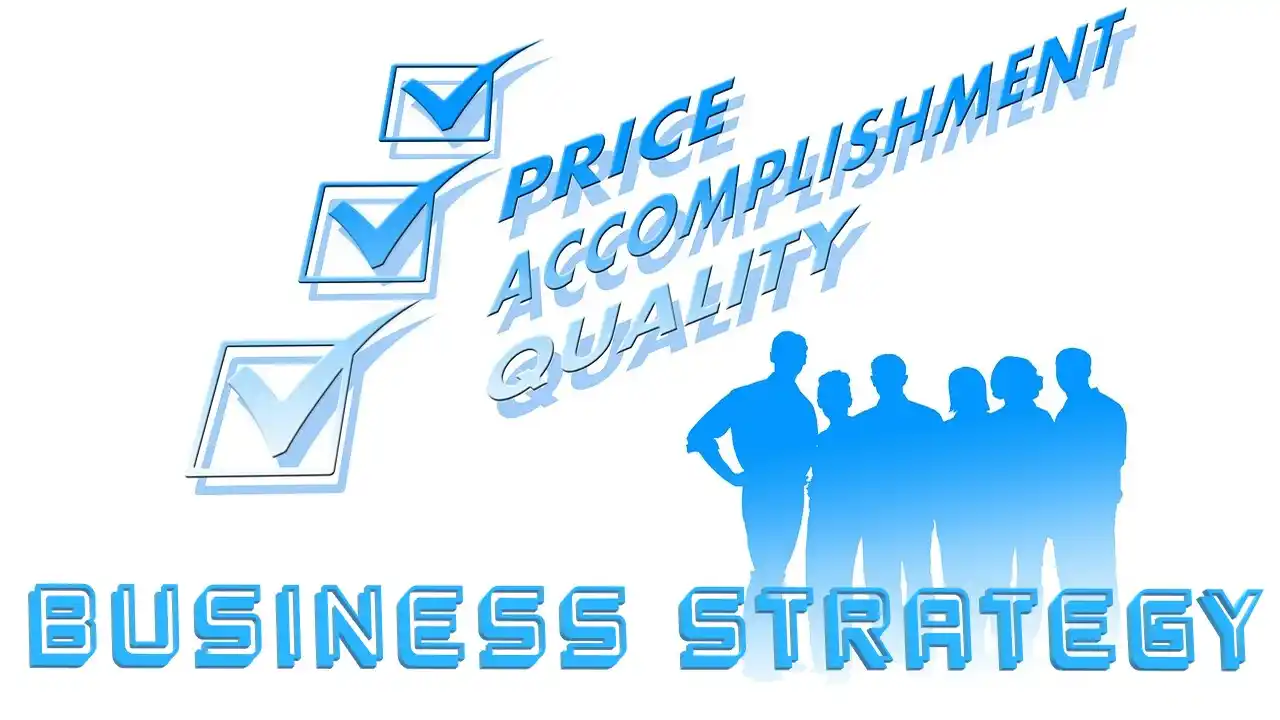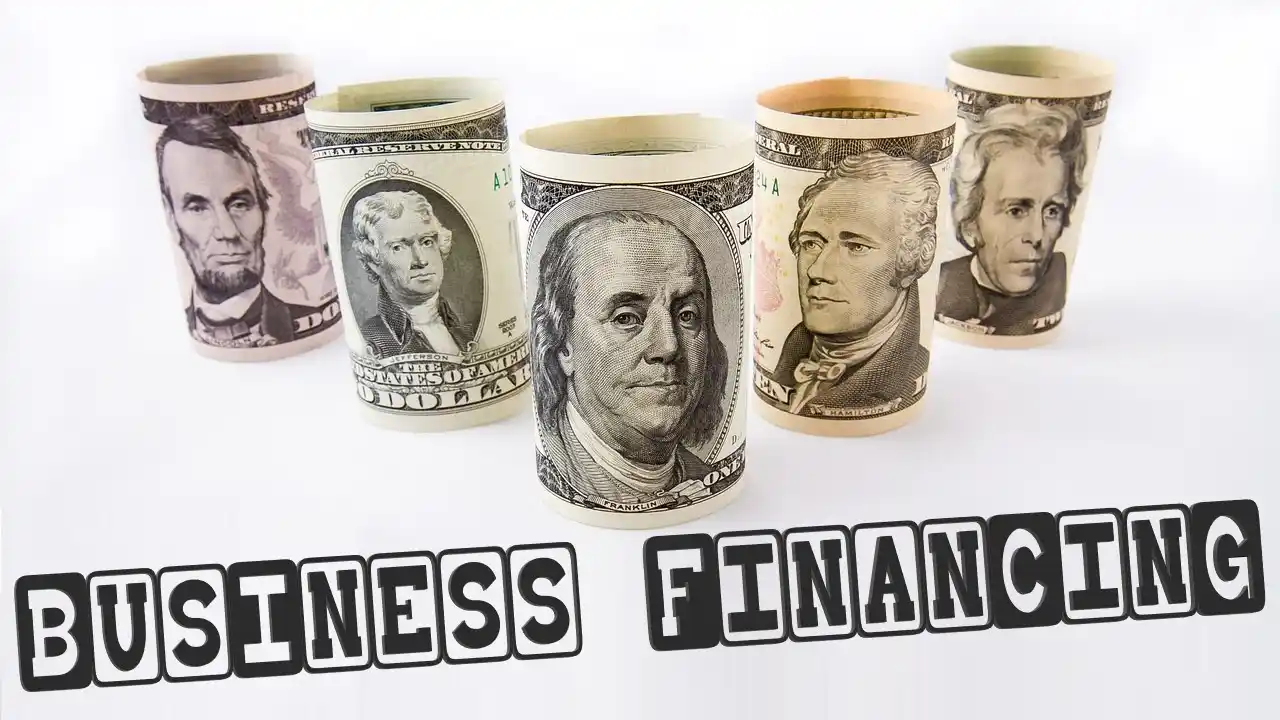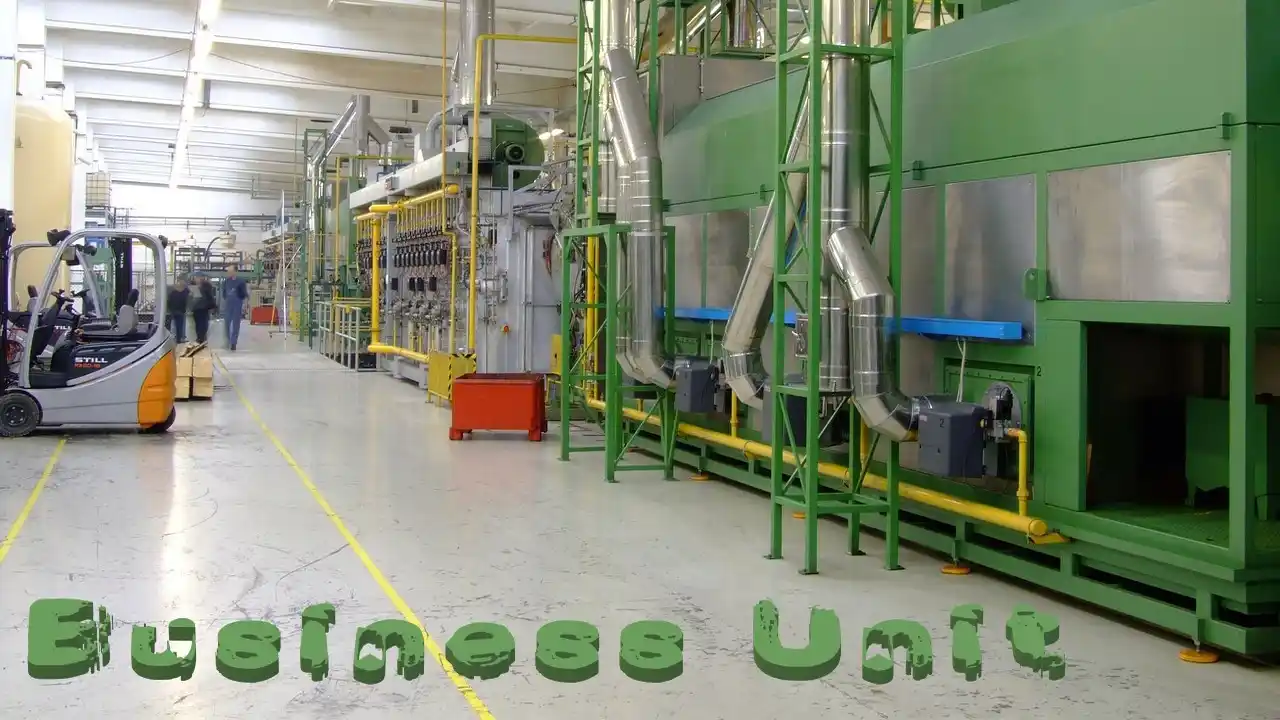When we speak of the “business cycle,” we are referring to changes in the total quantity of economic activity. It is impossible for a trade cycle to occur if one component of the economy is simultaneously declining and rising. When one sector of the economy expands or contracts, it effects the other sectors. For instance, when spending increases, the national income and the number of employment increase, etc. In this article, we will discuss about characteristics of business cycle in brief with examples for your better understanding.
The term “business cycle” may lead you to believe that this only occurs in a specific industry or company, but it actually refers to four distinct phases that recur throughout the entire economy. Even though the characteristics of each period have the potential to initiate the next phase of the cycle, each of these four periods possesses a unique set of characteristics.
Top 10 – Characteristics of Business Cycle
Business cycles follow a consistent pattern and occur at regular intervals. This implies that periods of growth will be followed by periods of stagnation at regular intervals. However, range and magnitude are not required to coincide. Even though the fundamental structure of various cycles may be identical, their melodies may vary. This page discusses characteristics of business cycle in detail.
Business Cycle Phases
Normal business cycles consist of two phases: the expansion phase, also known as the upswing or apex, and the contraction phase, also known as the trough.
The expansion phase, also known as the upswing, is characterized by GNP growth that is significantly quicker than the long-term trend growth rate. When the Gross Domestic Product reaches its maximum level, the business cycle will continue to decline. Throughout this period, the Gross National Product (GNP) decreases.
Prosperity
When the economy is thriving, demand, output, employment, and income all reach record highs. Because of them, costs tend to rise. In contrast, wage increases, salaries, interest rates, lease rates, and tax rates do not increase at the same rate as prices. As the difference between selling prices and labor expenses increases, the profit margin also increases.
The majority of the time, a steep rise in the value of the stock market is the result of increased profits and the expectation that these gains will continue in the future. Most individuals believe that the company will succeed. Increased profit expectations result in more investment, which is aided by increased bank credit.
The overwhelming majority of these assets consist of fixed capital, which consists of plant, apparatus, and equipment. They achieve this by increasing demand for consumer products, which drives up prices and stimulates the economy significantly.
Contraction
When a business winds down, also known as a “contraction,” the era of growth and prosperity has ended. The economy can only continue to expand for a limited time before inflation begins to harm the economy.
When a company experiences a period of contraction, it takes the initiative to reduce production-related expenditures and expenses. During the contraction phase of the business cycle, when demand for products and services falls, there is a possibility of layoffs.
Depression Versus Trough
The period at the bottom of a characteristics of business cycle is known as the decline or trough. There is currently less activity in the economy than ever before. The decline of income, employment, work, prices, and other factors.
A depression is typically characterized by high unemployment rates for both workers and investors, as well as low consumer demand relative to the economy’s capacity to produce. Due to a dearth of demand, businesses have been forced to reduce production and lay off employees.
Recovery Stage Characteristics
When the economy begins to improve, people refer to the “recovery period.” When products reach their lowest price point, people desire them more. As the demand for a product or service increases, businesses begin making preparations to meet it. Among these measures are the addition of additional basic materials and personnel.
The employment rate has increased significantly, which is excellent news for the business. When the economy proceeds from the recovery stage to the growth stage, we say that the business cycle has completed a full cycle. This is important characteristics of business cycle.
Continuous Business Cycle
Both ascending and descending contribute to the process of accumulation. Once the movement rises, it will continue to rise because it draws on itself to create additional movement in the same direction. This movement will continue until sufficient forces change direction and initiate the downward movement.
When a descending movement begins, it continues in the same direction for an extended period of time. This results in the worst despondency and longest periods of standing still until the movement reverses direction and begins to rise again. This is another characteristics of business cycle.
Recession
The company takes the initiative to reduce production-related expenditures and expenses when it experiences a period of contraction. It indicates where the forces of contraction ultimately triumph over the forces of expansion. The sale of stocks, the strain on the banking system, the sale of some bank loans, and the commencement of a price decline all provide evidence for an active phenomenon.
As a result, profit margins continue to decline as costs begin to outnumber prices. Some companies shutter their shutters. Others reduce production and labor to dispose of their supplies. All investments, employment, income, and expenditures are declining. This process has greater and greater effects over time.
Recovery
We commence with a case in which depression has persisted for an extended period of time and the beginning of the phase of recovery or the lower-turning point occurs. “Initiating forces” or “starters” can be external or internal factors. The term “originating forces” encompasses both categories of powers.
Suppose that certain items do not last eternally and must replace on the market. It makes individuals desire more. To meet this increased demand, we have created more investments and employment. In the business realm, a rebirth is occurring. There is also a revival in business sectors that deal with capital products. Once it begins, the rehabilitation process will continually improve.
External Elements
Changes in factors external to the economy are the primary causes of business cycles when discussing external factors. External forces include sunspots, battles, uprisings, political events, the discovery of gold, the movement of people, the rate of population growth, and new ideas.
These external factors affect either the investment or consumption components of aggregate demand, thereby altering the total national income. For instance, if sunspots cause a drought that kills a large number of crops, this could result in a decrease in the quantity of products produced in the country, which would be detrimental to both consumption and investment. This is the characteristics of business cycle.
Employment
The business cycle has a significant impact on the total number of available employment in a field. During periods of economic development and prosperity, there are typically a large number of available jobs, as businesses must hire more workers to meet demand and expand. In contrast, economic downturns and recessions are typically characterized by an increase in unemployment, a decline in worker hours and pay, and other reductions in worker benefits.
FAQ
What are the Characteristics of Business Cycle’s Expansion Phase?
When the real gross domestic product (GDP) increases from a low point to a high point for two or more consecutive quarters, the business cycle is in an expansion phase. During an expansion, the number of jobs, consumer confidence, and stock markets increase. Additionally, expansions typically result in greater economic expansion.
How do Companies Response to the Business Cycle’s Growth?
Due to the high interest rates, businesses are delaying development plans and reducing investments in order to cope with the situation. These measures will impede economic growth even further. During periods of expansion, your company can take steps to solidify its growth and gains in preparation for the possibility of a recession.
What are the Different Features of a Trade Cycle?
An economist, states that “a trade cycle consists of periods of good trade characterized by rising prices and falling unemployment rates, and periods of bad trade characterized by falling prices and rising unemployment rates.” A trade cycle consists of prosperous periods characterized by rising prices and low unemployment.
Final Words
Like Keynes, the solution to trade cycles is to eliminate slumps, not booms. [Requires citation] The characteristics of business cycle will cover in-depth in this article, along with some examples for your convenience. Read beyond the basics about role of business cycle to gain a comprehensive understanding.

